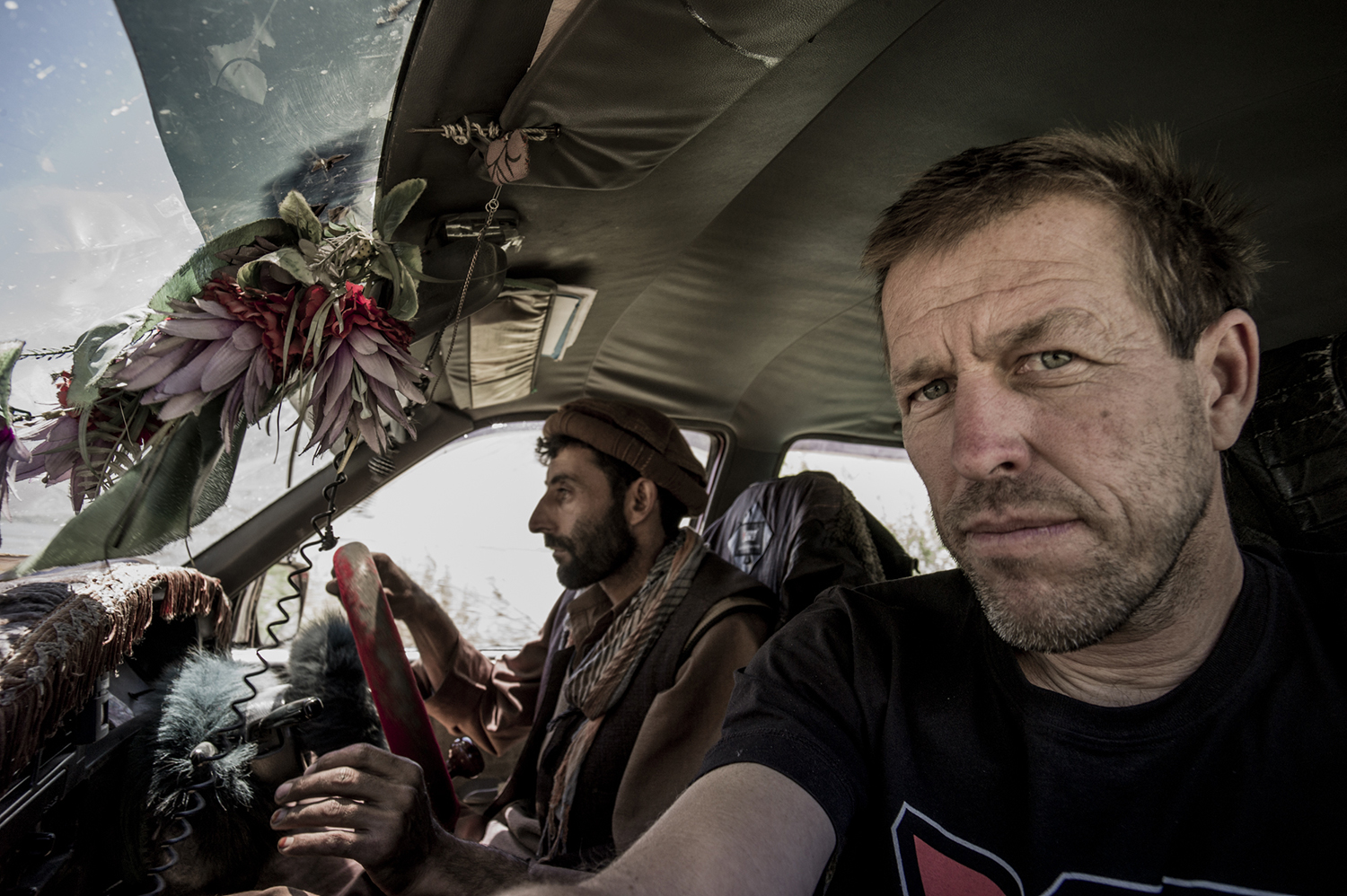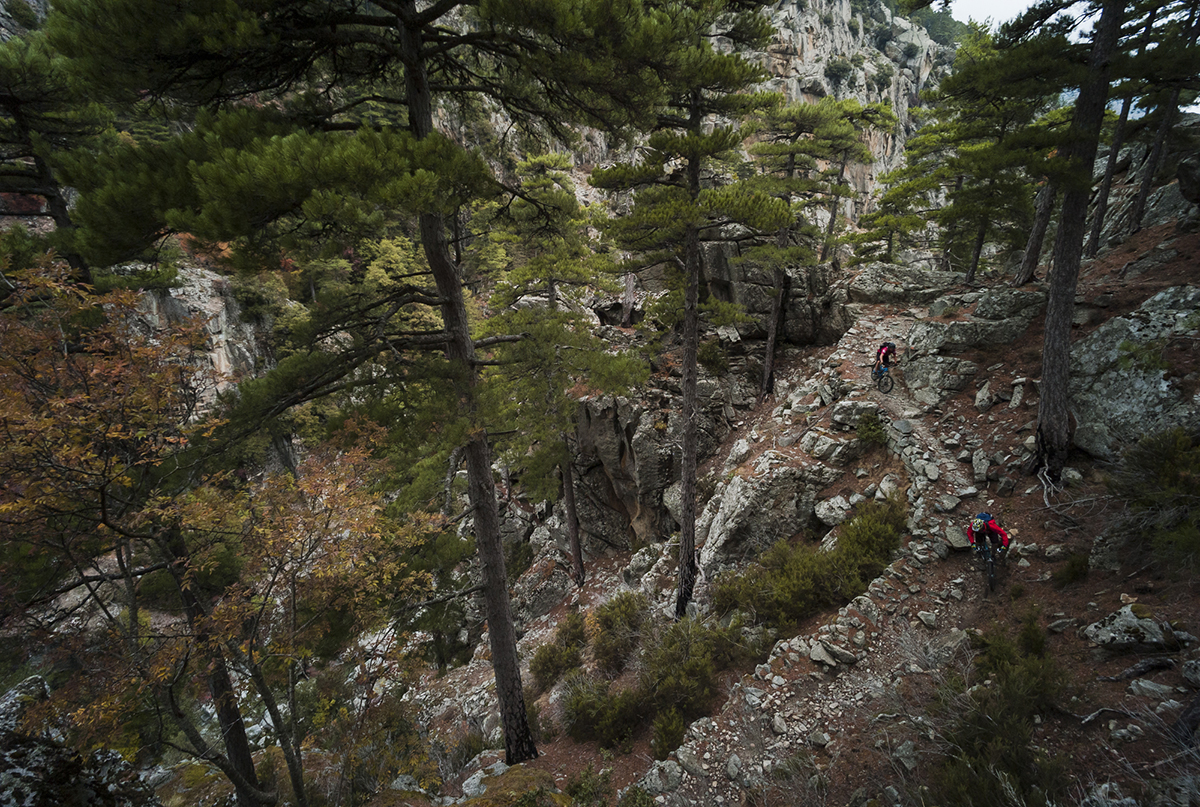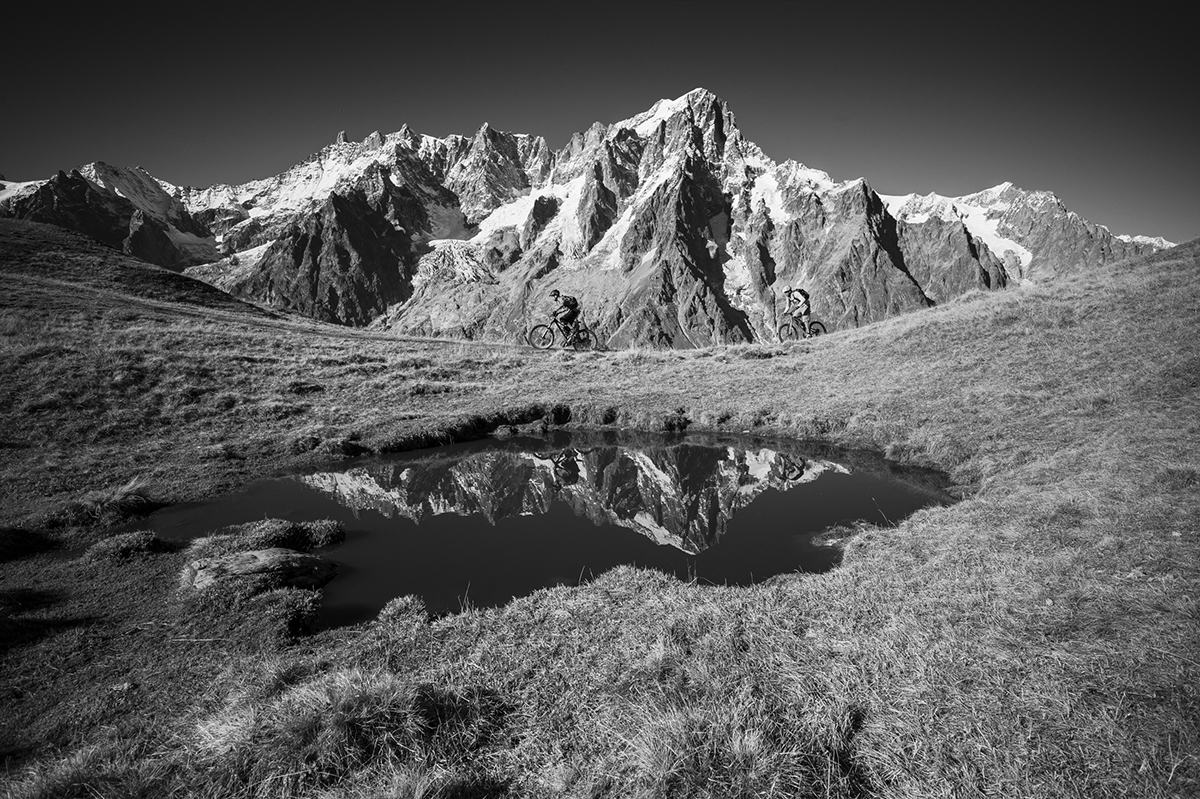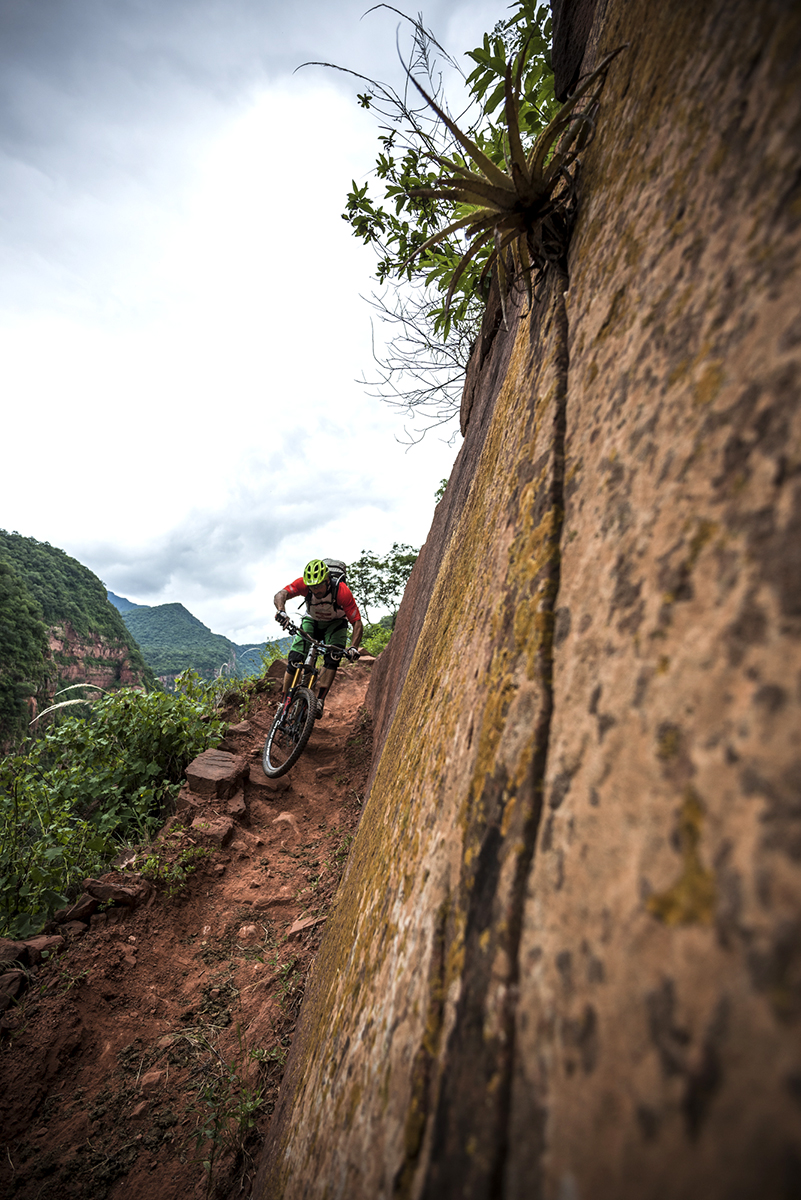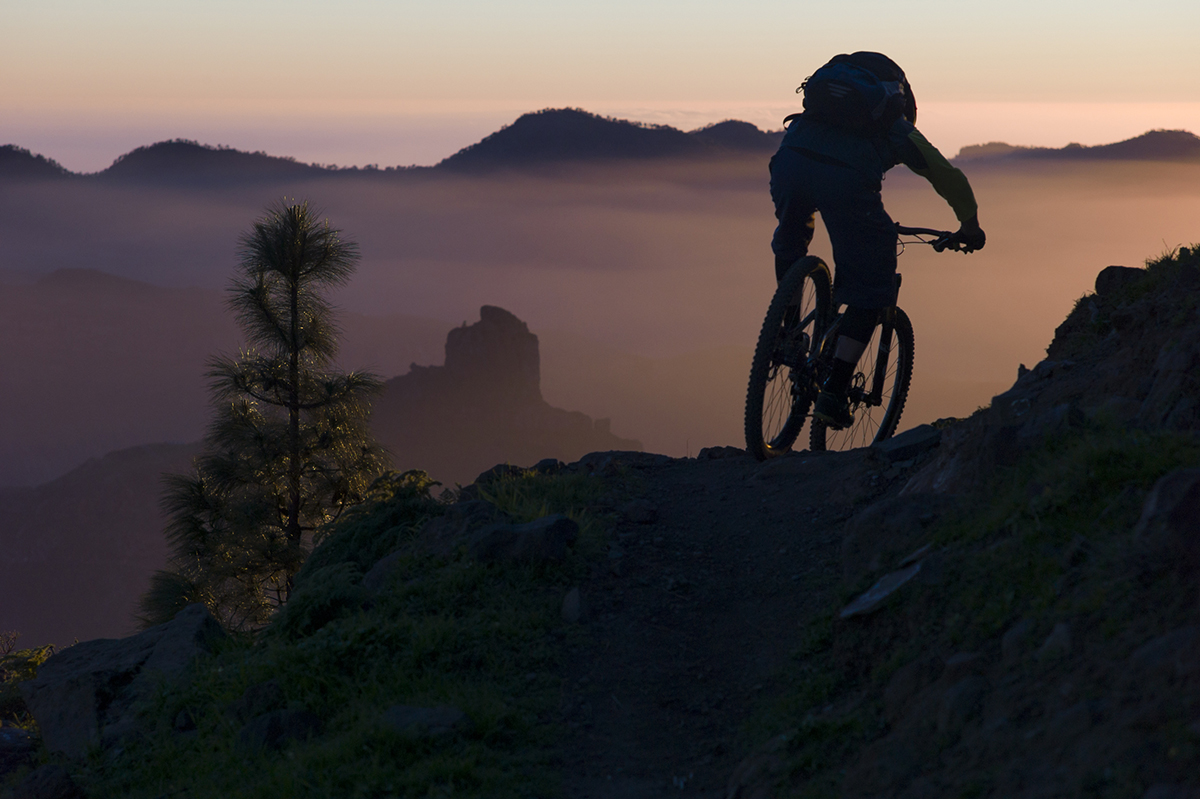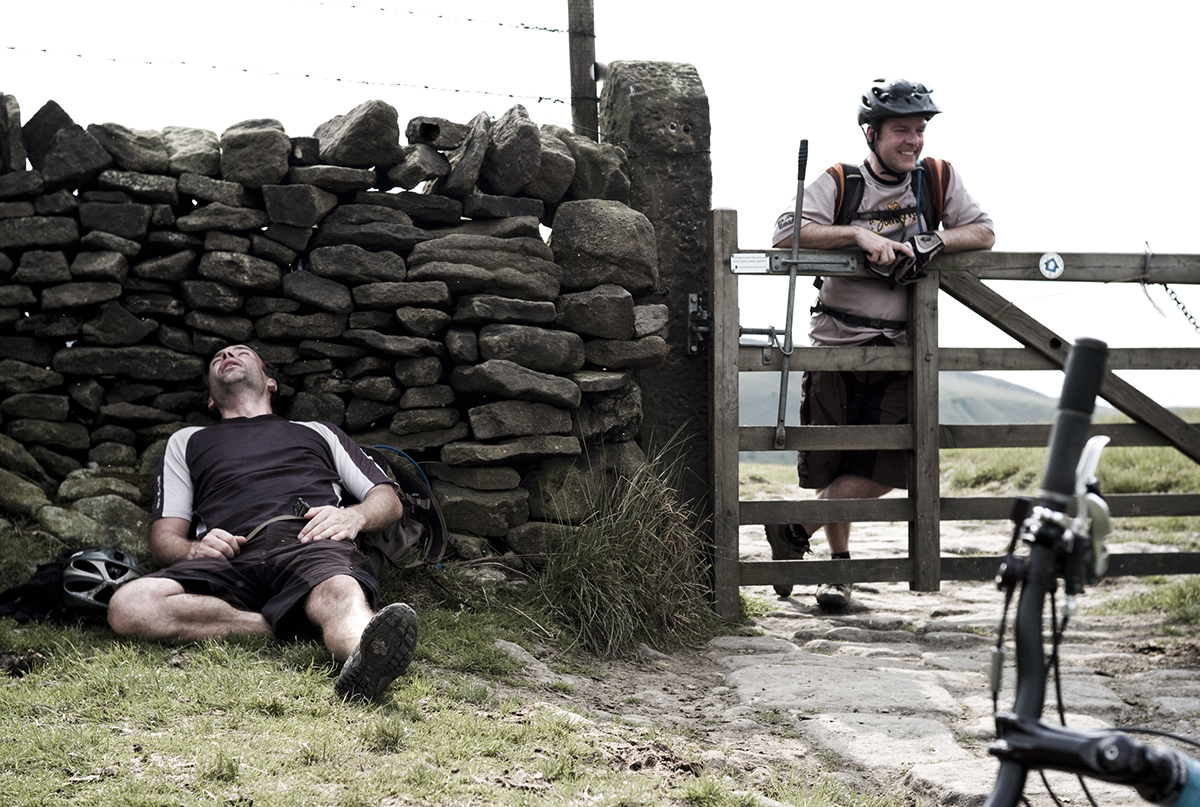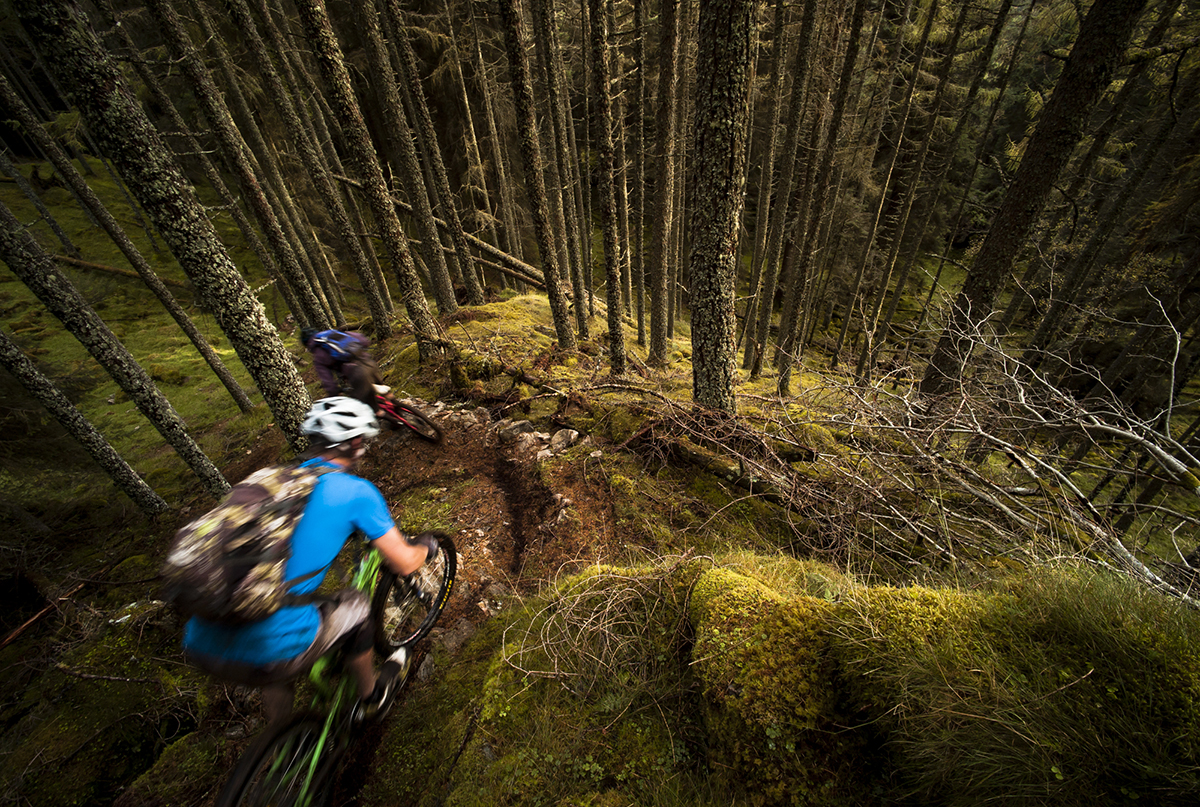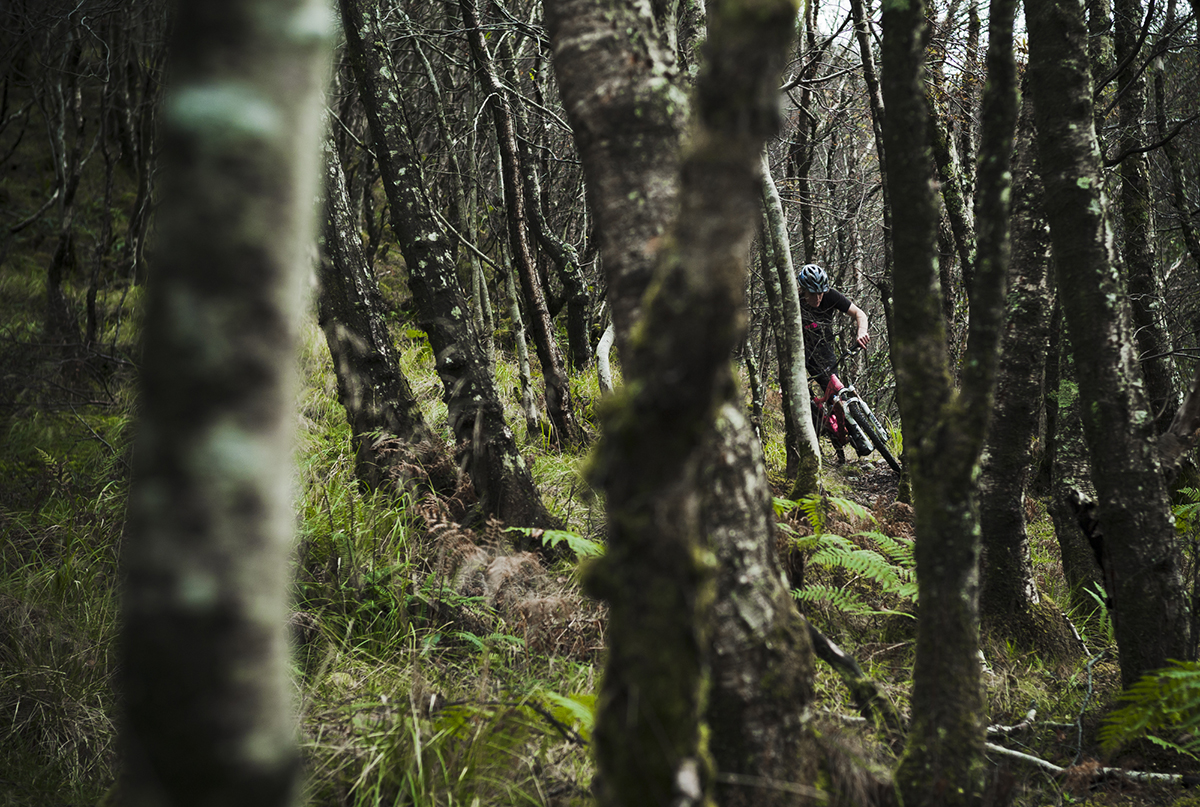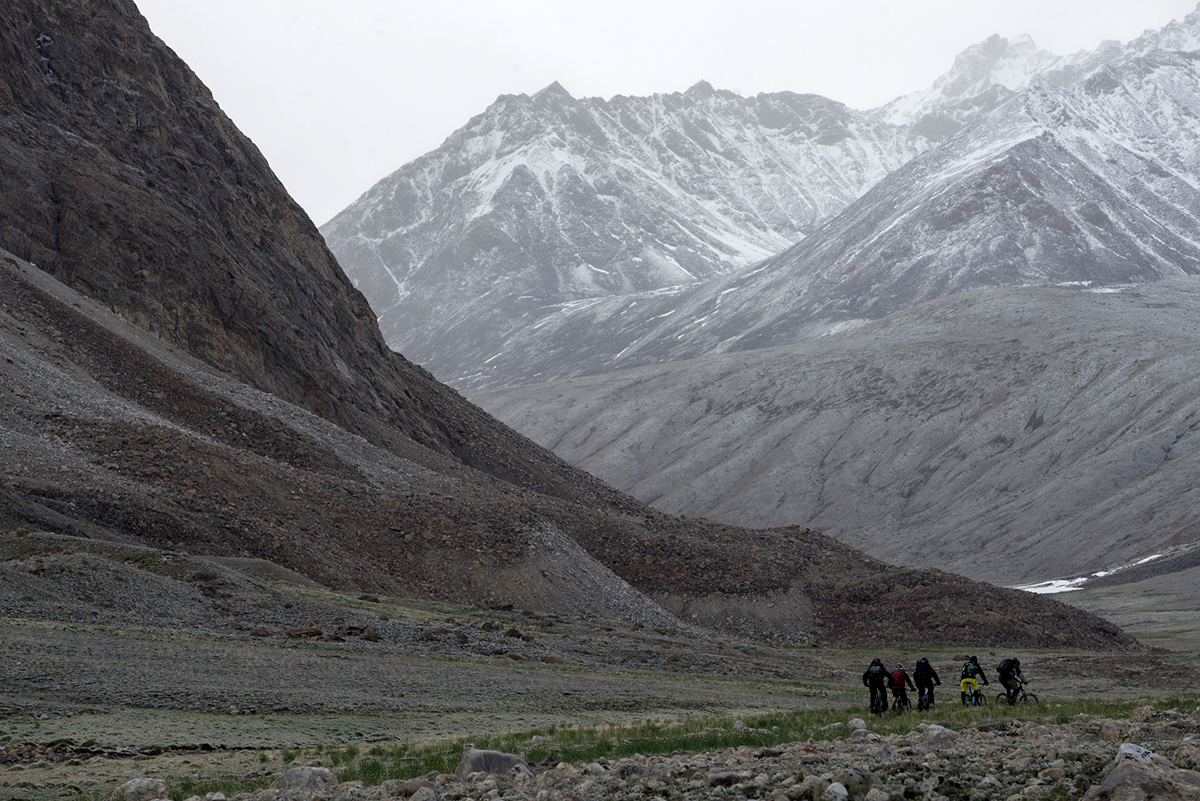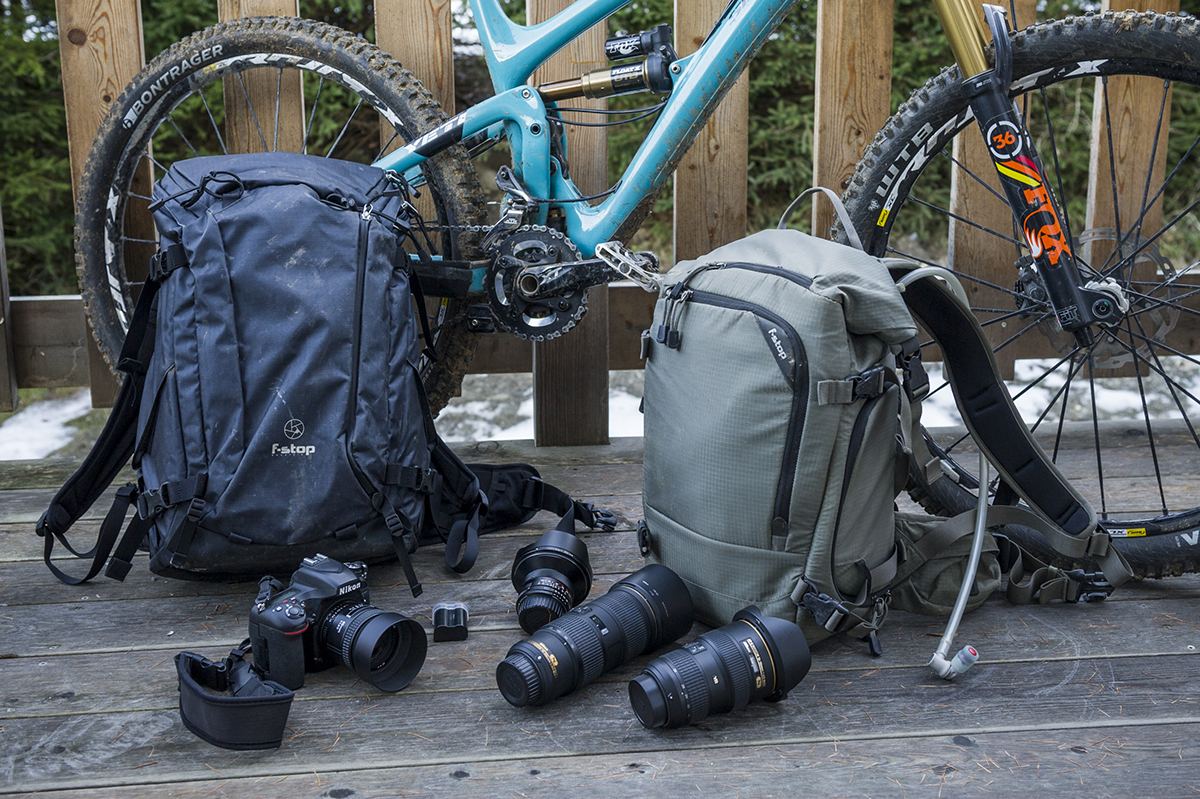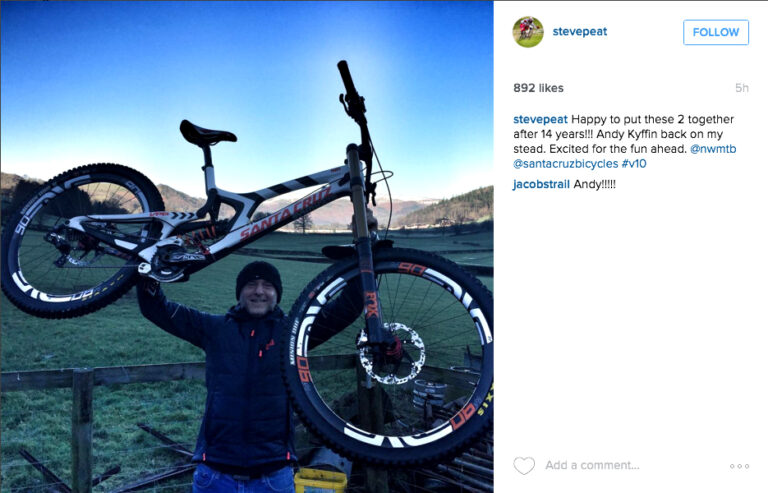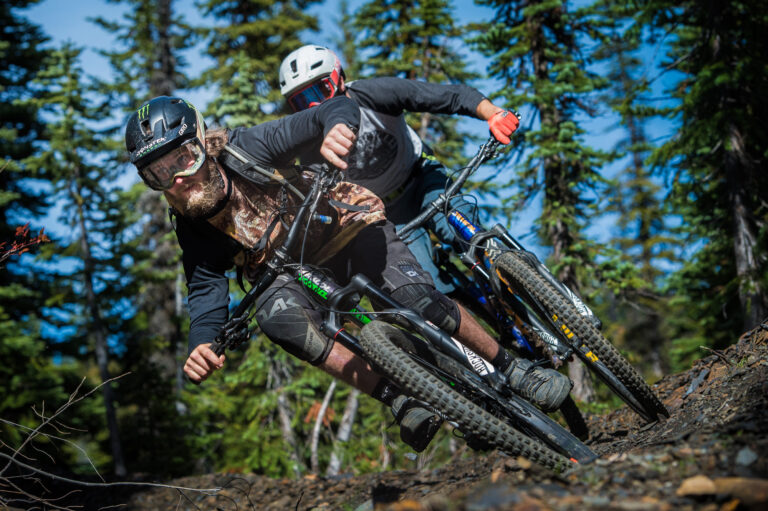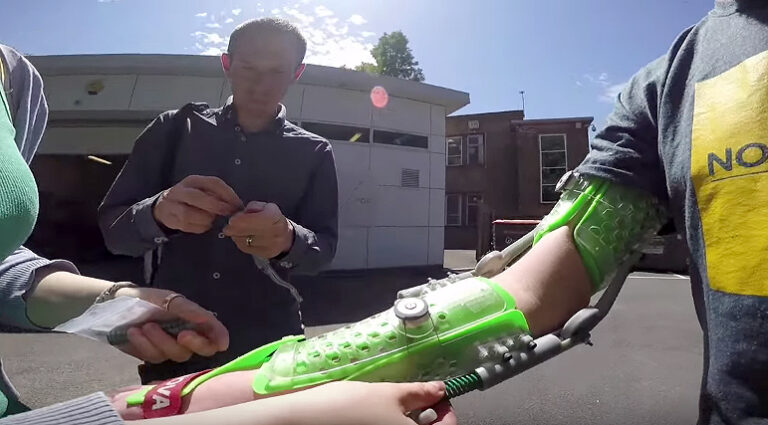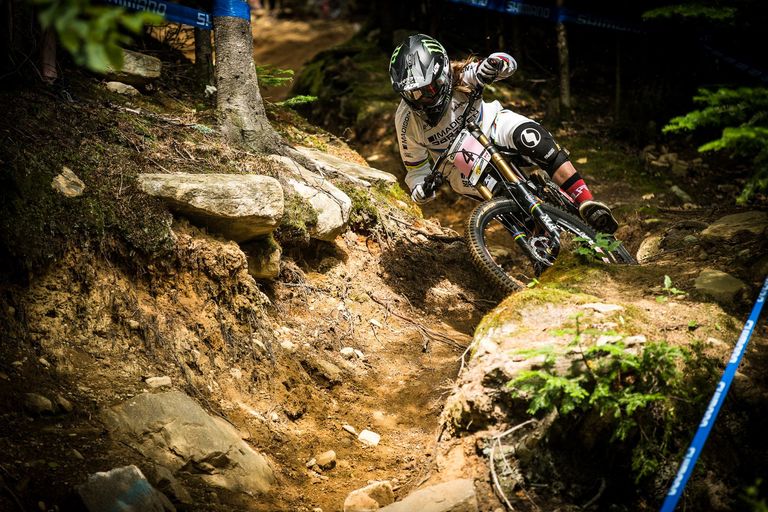We featured Dan Milner in a recent Nikon campaign… you know Dan, world traveller, online TV presenter, snow and bike photographer, Chamonix ‘hanger–on’… Luton boy come good (and all with a super dry sense of humour). His bike and his camera have taken him to some of the most remote and fascinating parts of our planet, places that many of us will never see. Of course his job is to record stuff for us (the viewer), but it has seemingly become more important over the years for Dan’s images to give us more. He takes up the story:
I used to hear all this stuff about a photo “telling a story”. I’d nod earnestly and agree but I never really worked out what the heck that really meant… until recently. Maybe I should have gone to art school and learnt photography properly instead of studying Marine Biology before becoming a self-taught photographer. But whatever. Over the last 18 years I seem to have made my mark in snow and bike photography and have gained the envious (if you can call it that?) position as a go-to photographer whenever someone wants to take either of these sports into more adventurous realms. I’m not lying when I say a lot of these assignments are tough. It’s like war photography without the nightmarish flashbacks. OK, maybe not exactly, but the punishment of tough mental and physical challenges is offset by the rare photo opportunities that I get while shooting these expeditions. Oh and of course there’s always the bonus of riding some incredible trails in truly incredible places.
But after all this time as a pro-photographer, only recently have I really worked out what “telling the story” is all about. Until now I seem to have captured it without being conscious of this aim, or at least in not so many words. If I hadn’t then the photos wouldn’t have worked, and my career would have been long gone. So for me, I guess my photography is all about having ‘the eye’ for a shot – seeing compositions and possibilities in the play of light that turn a snap into a banger. Introducing format and details that paint a picture and put the subject in real context is where the story telling comes in. Every time you raise a camera to your eye you have the chance to tell a story, to depict a scene how you want to convey it, to write history as you see it.
So here are a few lessons I’ve learnt about telling stories along the way.

